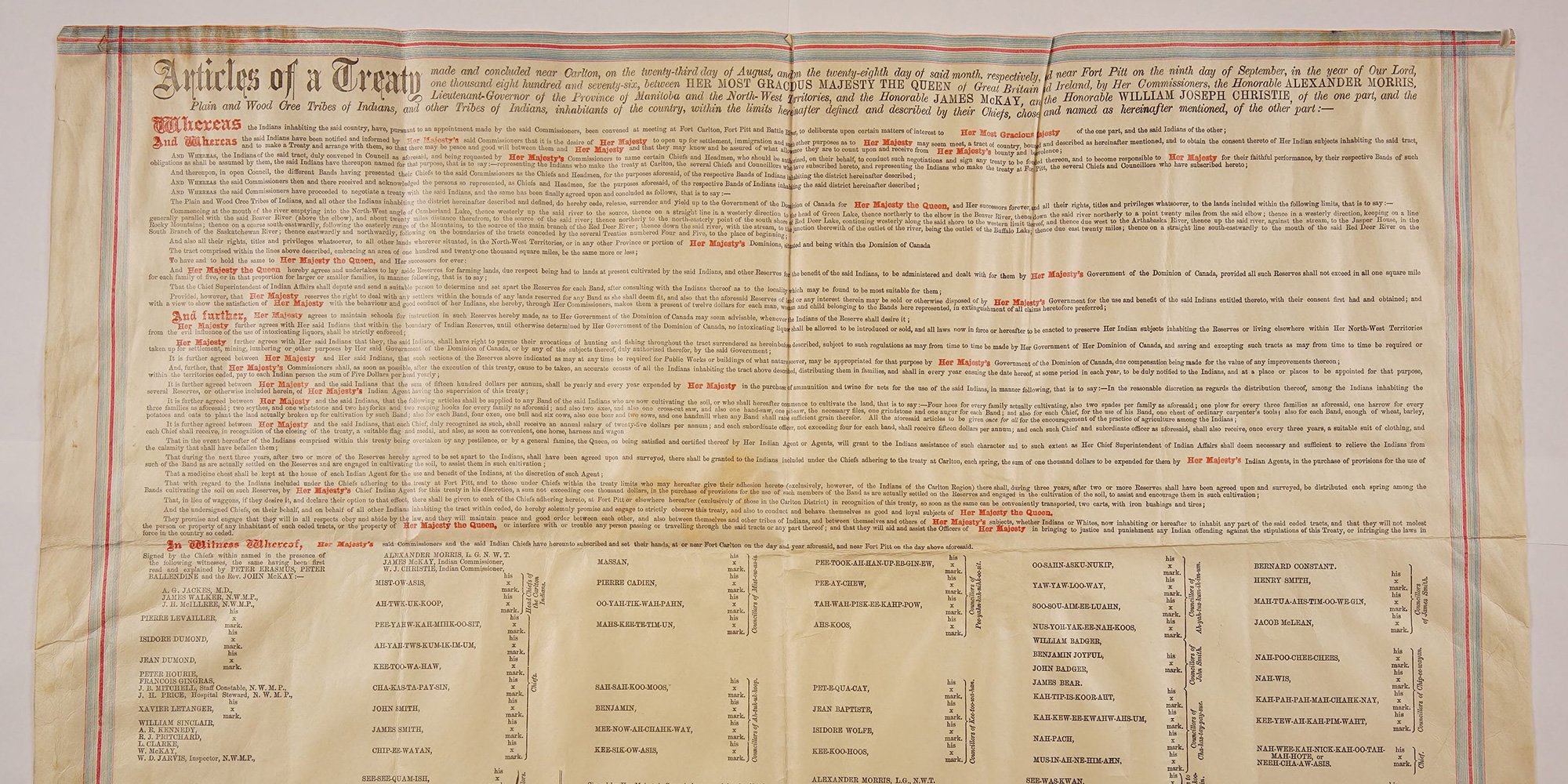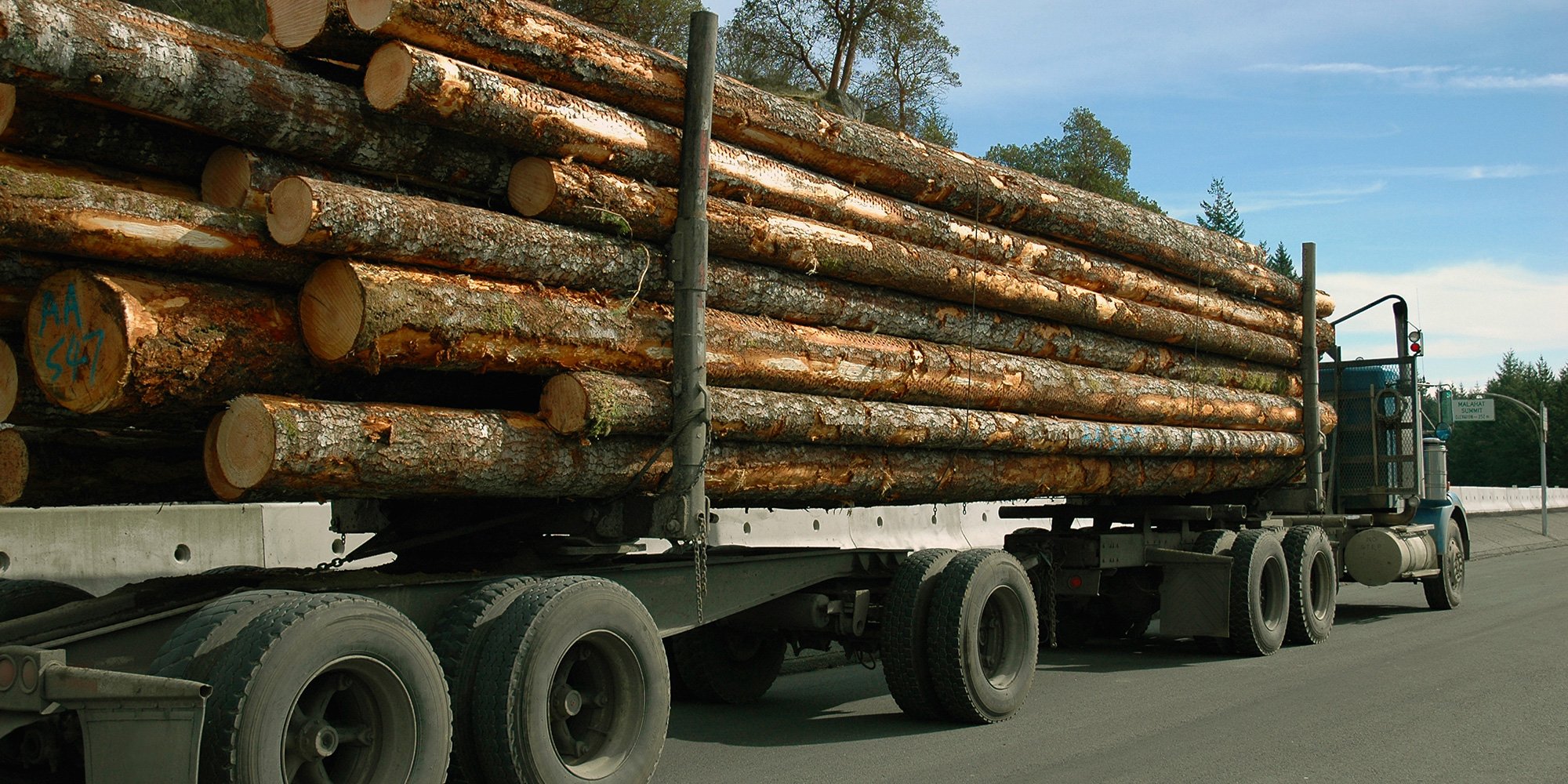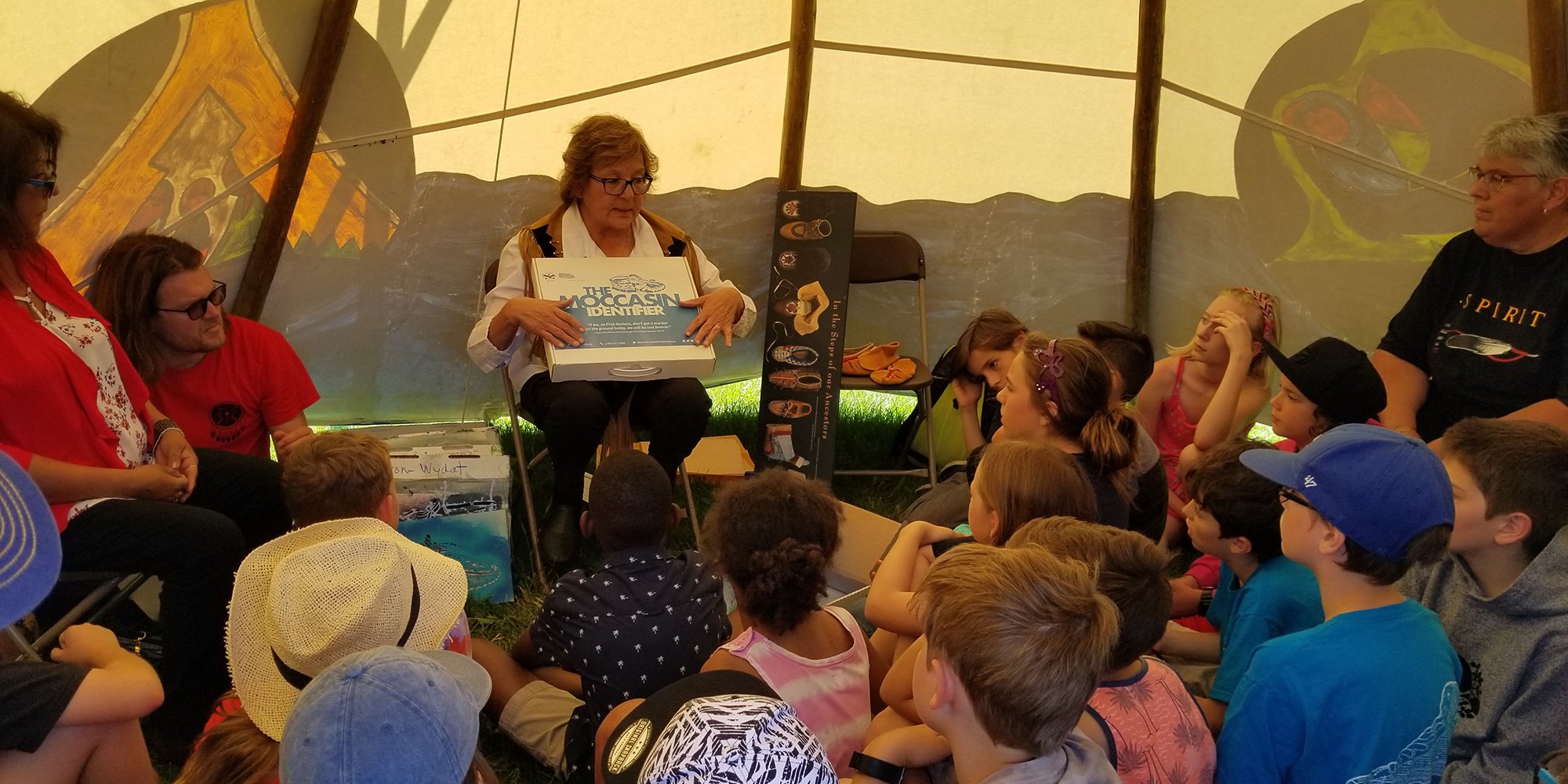10 Treaty Facts
Treaties are negotiated agreements that define the rights, responsibilities and relationships between Indigenous groups and federal and provincial...

In Canada, the relationship between the Crown and Indigenous Peoples was driven primarily by the Royal Proclamation of October 1763; of particular importance is the passage below which states:
“It is just and reasonable and essential to our Interest, and the Security of our Colonies, that the several Nations or Tribes of Indians with whom We are connected, and who live under our Protection, should not be molested or disturbed in the Possession of such parts of our Dominions and Territories as not having been ceded to or purchased by Us, are reserved to them, or any of them, as their Hunting Grounds…any Lands whatever, which, not having been ceded to or purchased by Us as aforesaid, are reserved to the said Indians, or any of them. …
And We do hereby strictly forbid, on Pain of our Displeasure, all our loving Subjects from making any Purchases or Settlements whatever, or taking Possession of any of the Lands above reserved, without our especial leave and Licence for that Purpose first obtained.
And We do further strictly enjoin and require all Persons whatever who have either wilfully or inadvertently seated themselves upon any Lands within the Countries above described or upon any other Lands which, not having been ceded to or purchased by Us, are still reserved to the said Indians as aforesaid, forthwith to remove themselves from such Settlements.”
This section of the Royal Proclamation of 1763 is important because it refers to Nations or Tribes of Indians, recognizes the peoples as owners of the lands that there were using and occupying and sets out what today are sometimes called “special” hunting rights. The idea of “Nations” comes from King George III and his colonial government and confirms the international convention of the day that colonizing countries that reached inhabited lands were to conduct government business with the inhabitants on a nation to nation basis and those inhabitants as owners of the lands.
Even today, under the British Columbia Treaty Commission and the federal comprehensive claims policy, Aboriginal Peoples have been approached by governments on a Nation-to-Nation basis. Any efforts to treat Aboriginal Peoples as anything less will likely be met with resistance by the Aboriginal communities. There is an expectation on their part that they be treated as a nations as in the Proclamation as evidenced by many Bands that changed their Band names to a First Nation name, for example, the Moose Factory Band of Indians changed to the Moose Cree First Nations.
The Royal Proclamation is regarded as early and powerful evidence of the recognition of Aboriginal rights in Canadian law, paving the way for the Supreme Court of Canada to rule in a line of cases beginning with Calder that Aboriginal title both pre-existed and survived colonial occupation. In that light, these are the Royal Proclamation’s key words: “… any lands that had not been ceded to or purchased by Us as aforesaid, are reserved to the said Indians.” (emphasis added)
In addition to the recognition of Aboriginal title, the Proclamation also recognizes Aboriginal rights to harvest resources from their territories. This principle is acknowledged in that the Aboriginal lands are “…reserved to them, or any of them, as their Hunting Grounds.”
Many of Canada’s modern day land mark court cases have drawn their legal principles from principles in the Proclamation but why would there be a need for the Royal Proclamation when King George III was in charge of one of the most powerful Nations at that time with technological and military advantage? The answer to his approach lay in the political and military environment of the time. On both the Atlantic and Pacific fronts, early developments promised a more mutually beneficial approach to European-Aboriginal engagement than what ultimately transpired. In the initial years of contact, the balance of power was still in flux. Because the European technological and military advantage was ultimately so overwhelming it is easy to forget how organized, sophisticated, and powerful many Aboriginal Nations were in those days. The Europeans desperately needed them as trading partners, wilderness-survival tutors, and military allies. The Proclamation was King George III’s way of building and maintaining additional loyalties from Aboriginal Peoples, thereby encouraging Aboriginal support of England, and reducing loyalties to the French, Spanish and Russians, key trading and military partners. This also gave him the support he needed to prevail over these competing colonizing and trading interests.
The Truth and Reconciliation Commission of Canada (2015) report calls for a new Royal Proclamation that would ensure Indigenous Peoples are “full partners” in Confederation, including a direct repudiation of legal concepts used to ignore Indigenous land possession, the adoption and implementation of the UN declaration, and a renewal of treaty relationships and other agreements. . . The intention on our part was to lock the government into reconciliation,” said Sinclair, about why the TRC recommended a new royal proclamation. “I challenge [scholars] to begin to think about this: what would a royal proclamation on reconciliation look like?” [1]
[1] Murray Sinclair Urges Canada to Fix 'Racist' Proclamation in its Constitution, National Observer, November 29, 2017
If you are interested in learning more about the court cases that support Aboriginal rights, consider signing up for our free, monthly Indigenous Relations Bulletin.

Treaties are negotiated agreements that define the rights, responsibilities and relationships between Indigenous groups and federal and provincial...

Canada is renowned for the wealth and diversity of its natural resources and has long relied on royalties from extractive industries to contribute to...

Initiated, designed, and led by Carolyn King and the Mississaugas of the Credit First Nation, the Moccasin Identifier is a teaching tool and public...